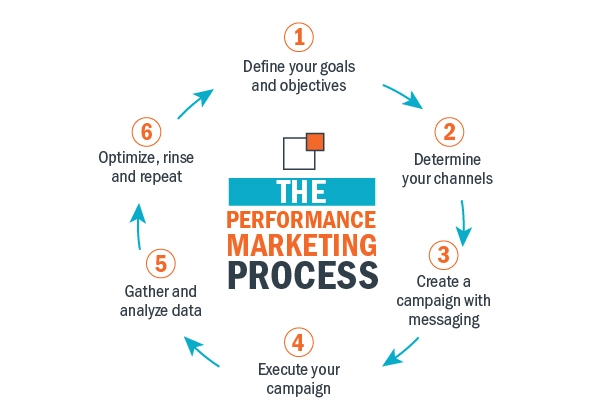What Is a Meta Description and How to Optimize It
A meta description is a concise yet powerful summary that appears beneath a webpage title in search results. While it doesn’t directly influence rankings, it plays a pivotal role in driving click-through rates (CTR) by enticing users with a compelling preview of your content.
A well-optimized meta description enhances visibility and aligns seamlessly with search intent, making your page more attractive and relevant to potential visitors.

How Meta Descriptions Work
Meta descriptions appear as snippets in search results, offering users a brief preview of a webpage’s content. Typically 155–160 characters long, these snippets help users determine if the page matches their intent. However, Google may truncate descriptions based on device type, search query, and display space.
To maximize click-through rates (CTR), a description should be clear, engaging, and keyword-relevant while accurately summarizing the content. When properly optimized, it enhances visibility, attracts the right audience, and encourages users to explore your page.
How to Optimize Meta Descriptions for SEO
Optimizing meta descriptions enhances your page’s visibility and encourages higher click-through rates (CTR) by making search snippets more compelling. A carefully crafted description should be concise, keyword-rich, and engaging, aligning with user intent while accurately reflecting the page content.

By refining these summaries, you create a stronger connection with potential visitors, leading to better engagement and organic traffic growth. This is how you can optimize your meta description:
1. Use Targeted Keywords Naturally
Including relevant long-tail keywords in your meta description helps search engines and users understand the page’s context. However, avoid keyword stuffing, your text should flow naturally and feel informative rather than forced.
2. Keep It Concise and Engaging
Keep your meta description within 150–160 characters to avoid truncation in search results. It should be concise, action-driven, and engaging, providing a clear snapshot of your content while enticing users to click.
A well-crafted description balances clarity, relevance, and appeal, ensuring it accurately represents your page while maximizing visibility and engagement.
3. Focus on User Intent
A high-performing meta description aligns with what users are searching for. If someone looks for “how to optimize a meta description for SEO,” your description should directly address that need while maintaining readability and engagement.
4. Add a Call to Action (CTA)
Effective CTAs (Call-to-Actions) gently prompt users to engage with your content, increasing CTR without sounding overly promotional. Phrases like “Explore expert insights,” “Uncover the best strategies,” or “Get started today” create a sense of direction and curiosity.
A well-crafted CTA enhances user intent alignment, making your link more compelling and clickable.
5. Avoid Duplication Across Pages
Each page should have a unique meta description to prevent content overlap and confusion. Duplicate descriptions dilute relevance and may cause search engines to rewrite them, reducing their effectiveness.
6. Make It Emotionally Engaging
Emotionally compelling meta descriptions tend to drive higher CTR by capturing user interest and encouraging action. Phrases that create a sense of curiosity, urgency, or exclusivity, such as “Unlock expert insights,” “Act now before it’s gone,” or “Must-know strategies,” make your snippet more engaging.
When users feel a strong incentive to click, they are more likely to explore your content, leading to increased traffic and engagement.
7. Align with the Page Content
Meta descriptions must accurately represent the page content to maintain user trust and engagement. If they are misleading or overly exaggerated, visitors may click through only to find irrelevant information, leading to higher bounce rates and lower retention.
This not only frustrates users but can also signal to search engines that your page doesn’t meet search intent, potentially affecting its visibility over time.
8. Test and Refine Regularly
Leverage Google Search Console to track Click-Through Rate (CTR) and evaluate which meta descriptions generate the highest engagement. Aim for a CTR above industry benchmarks that are typically 3–5%, as lower rates may indicate a need for optimization.
Experiment with different wording, emotional triggers, and CTAs using A/B testing for at least 4–6 weeks to gather meaningful insights. Analyze patterns in user behavior and refine descriptions accordingly to enhance visibility, relevance, and conversion potential over time.
Why Optimized Meta Descriptions Matter
Optimized meta descriptions play a key role in attracting users by providing a clear and engaging preview of your content. A compelling description increases click-through rates (CTR), helping your page stand out in search results. When users see a relevant and informative snippet, they are more likely to click, resulting in higher organic traffic.

Beyond increasing traffic, well-optimized descriptions enhance user experience by setting the right expectations. When visitors find content that aligns with what they anticipated, they stay longer and interact more, which can lead to higher conversions and lower bounce rates.
Final Thoughts
A well-optimized meta description is your first opportunity to capture user attention and drive organic traffic. It acts as a bridge between search intent and engagement, influencing click-through rates (CTR), bounce rates, and conversions. If your descriptions are vague, uninspiring, or misleading, you risk losing potential visitors before they even land on your page.
To stay ahead, focus on clarity, emotional triggers, keyword relevance, and compelling CTAs. Regular A/B testing and refinement will keep your descriptions fresh, engaging, and aligned with user expectations.






